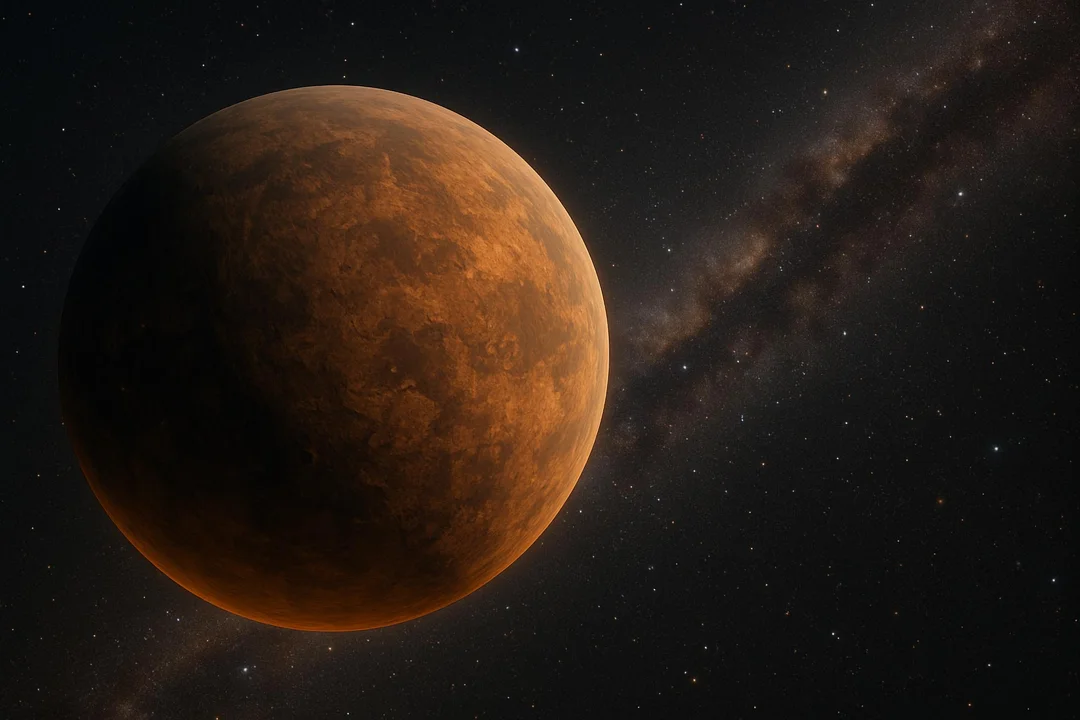
‘Super-Earths’ Abundant: New Study Hints at Countless Alien Worlds
Are we alone in the universe? A groundbreaking study suggests that Earth-like planets, dubbed "super-Earths," might be far more common than previously imagined. Astronomers using the Korea Microlensing Telescope Network (KMTNet) have made a surprising discovery that challenges our understanding of planetary systems.
The research, published in Science, reveals the presence of super-Earths orbiting their stars at distances similar to Jupiter's orbit in our solar system. This is significant because previous observations primarily detected smaller planets in close proximity to their stars. The implication? Our galaxy could be teeming with these hidden, potentially habitable worlds.

Weicheng Zang of the Harvard and Smithsonian Center for Astrophysics (CfA), the lead author of the study, stated, "We found a 'super-Earth' – meaning it's bigger than our home planet but smaller than Neptune – in a place where only planets thousands or hundreds of times more massive than Earth were found before."
Combining this discovery with a broader dataset, the researchers estimate that one out of every three stars in the Milky Way could host a super-Earth with a Jupiter-like orbit. This drastically increases the estimated abundance of these planets throughout our galaxy.
The study utilizes a technique called gravitational microlensing. This occurs when a massive object passes between Earth and a distant star, bending the light and magnifying the star's brightness. These slight variations provide crucial insight into the mass ratio between an exoplanet and its host star.
Andrew Gould, an astronomer at Ohio State University and co-author of the study, explains, "Scientists knew there were more small planets than big planets, but in this study, we were able to show that within this overall pattern, there are excesses and deficits. It's very interesting."
While planets closer to their stars are easier to detect, the team's findings suggest diverse planetary formations even in the outer reaches of planetary systems. The study highlights the groundbreaking work of the KMTNet system, comprised of three telescopes located in Australia, Chile, and South Africa, crucial for continuously monitoring millions of stars.
Jennifer Yee, an observational astronomer at the CfA's Smithsonian Astrophysical Observatory, emphasizes the significance of this discovery. "This measurement of the planet population from planets somewhat larger than Earth all the way to the size of Jupiter and beyond shows us that planets, and especially super-Earths, in orbits outside the Earth's orbit are abundant in the galaxy."
These remarkable findings open new avenues for understanding how planets form and evolve. While the term 'super-Earth' refers to mass and not necessarily habitability, this research brings us closer to unravelling the mysteries of planet formation and distribution in the Milky Way, prompting us to re-evaluate the uniqueness of our own solar system.
What does this discovery mean for the search for extraterrestrial life? Does the abundance of super-Earths make it more likely that we'll find another habitable planet? Share your thoughts in the comments below!